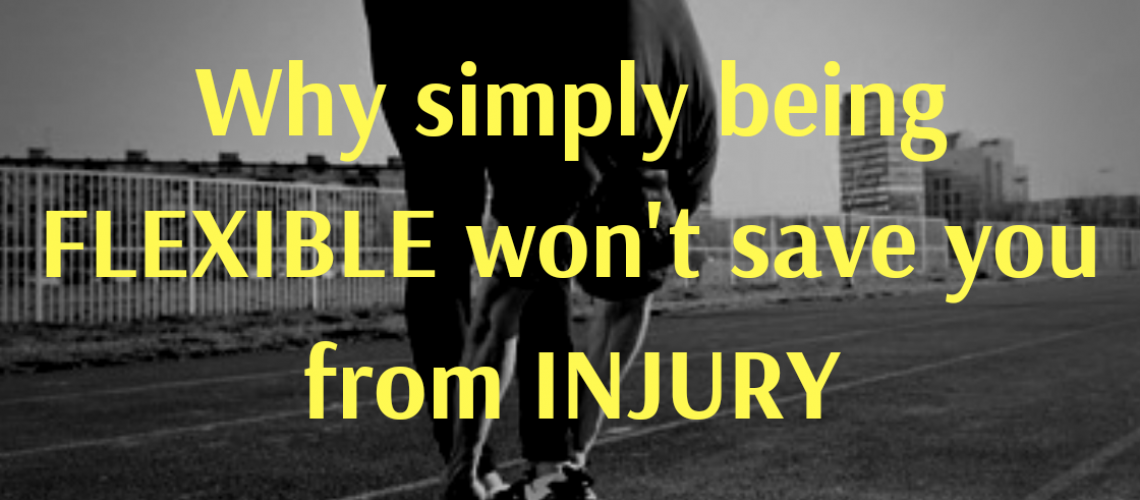MOBILITY VS FLEXIBILITY
Ahh, “Mobility” – a mesh-word in the fitness industry these days, but often used in the wrong context. This blog post is all about defining what exactly mobility is, and why it’s different than flexibility
Flexibility: how “bendy” something is – the ability to PASSIVELY achieve a range of motion
(Maximum passive range of motion)
Mobility:
a blend of strength and flexibility – requires an element of
neurological control; the ability to ACTIVELY
achieve a range of motion (Maximum active range of motion)
Functional Gap = Passive ROM (Flexibility) – Active ROM (Mobility)
– The higher this gap = increased risk of injury

Using the example above, the maximum PASSIVE range of motion was 90 degrees, but the Maximum ACTIVE range of motion was 45
90 (Passive ROM) – 60 (Active ROM) = 30 degrees Functional Gap
This means that the nervous system and the tissue do not have the required control and strength to work past 60 degrees – therefore, from 45-90 degrees is USELESS range and must be picked up somewhere else (ie. Low Back, Knee joint, etc)
Imagine this individual was doing Romanian Deadlifts or a Sprinter (see below) – the inability to control their ROM from 60-90 is an essential part of both. The result? Increased strain on adjacent joints or tissues; likely resulting in lower back pain or hamstring strains
HOW TO CONVERT PASSIVE TO ACTIVE ROM
Alright, now that we understand Passive vs Active ROM, here’s how to fix that:
Remember,
Flexibility = How “stretchy” something is – requires no strength or neurological control
Mobility = Flexibility + Strength + Control
So, in order to convert your passive ROM and tissue flexibility to active, we must exhibit strength and control at the end-ranges of movement
Here’s an example on improving Hip External Rotation using end-Range Contractions (ie. PAILs/RAILs)
The act of CONTRACTING the muscles being stretched at their end-ROM creates a feedback loop with the nervous system. Basically, you are telling the muscles, joint and the nervous system that you are able to produce a force at this ROM. Once the brain understands this, it gives you another 10-15 degrees to move into, and you continue to repeat. Do this often enough, and that functional gap decreases as well as your risk of injury

